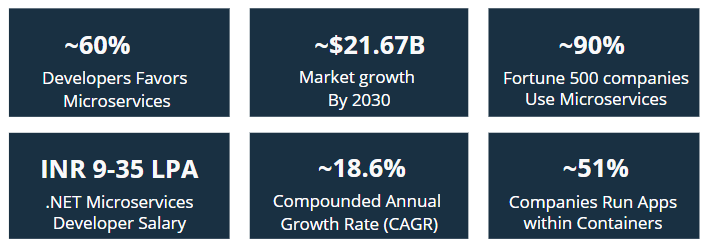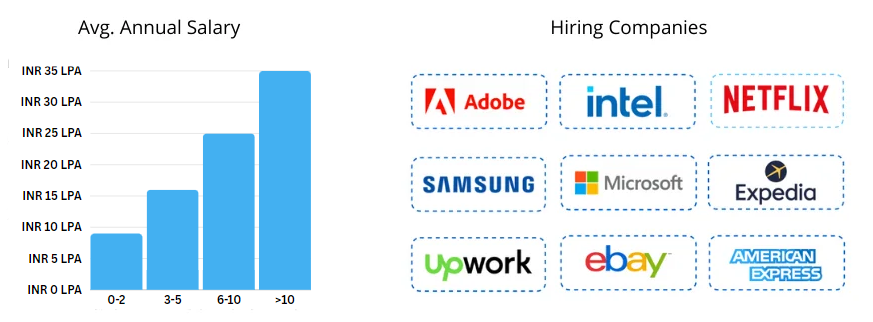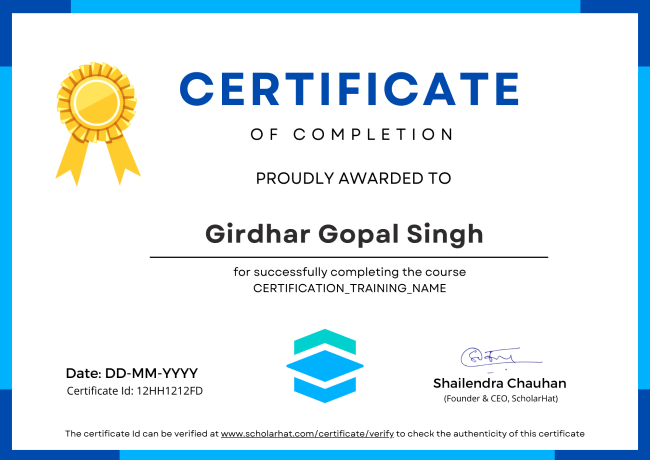Introduction to Microservices
- Introduction
- Microservices Principles
- Monolithic vs SOA vs Microservices
- Microservices Architecture
- Advantages of Microservices
- Disadvantages of Microservices
Microservices Tools
- Microservices Dev Tools
- Microservices Cloud Deployment
- Microservices Orchestration
Migrating Monolithic App to Microservices Architecture
- Understanding Project Architecture
- Understanding Database Entities
- Understanding Project Components
Twelve factor Apps
- Codebase
- Dependencies
- Config
- Backing services
- Build, Release run
- Processes
- Port binding
- Concurrency
- Disposability
- Dev/prod parity
- Logs
- Admin processes


























